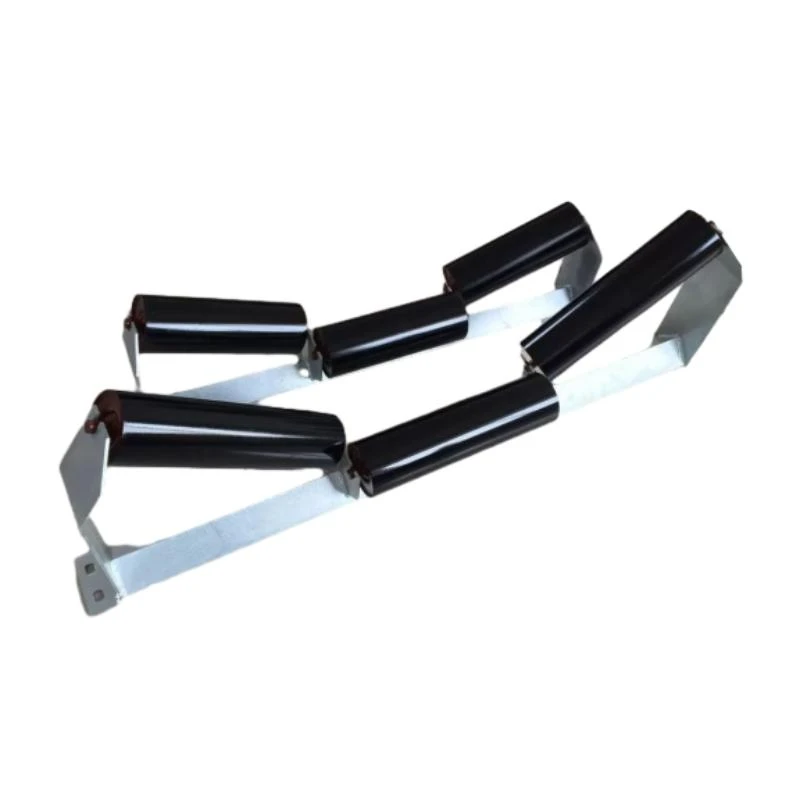 Afrikaans
Afrikaans  Albanian
Albanian  Amharic
Amharic  Arabic
Arabic  Armenian
Armenian  Azerbaijani
Azerbaijani  Basque
Basque  Belarusian
Belarusian  Bengali
Bengali  Bosnian
Bosnian  Bulgarian
Bulgarian  Catalan
Catalan  Cebuano
Cebuano  Corsican
Corsican  Croatian
Croatian  Czech
Czech  Danish
Danish  Dutch
Dutch  English
English  Esperanto
Esperanto  Estonian
Estonian  Finnish
Finnish  French
French  Frisian
Frisian  Galician
Galician  Georgian
Georgian  German
German  Greek
Greek  Gujarati
Gujarati  Haitian Creole
Haitian Creole  hausa
hausa  hawaiian
hawaiian  Hebrew
Hebrew  Hindi
Hindi  Miao
Miao  Hungarian
Hungarian  Icelandic
Icelandic  igbo
igbo  Indonesian
Indonesian  irish
irish  Italian
Italian  Japanese
Japanese  Javanese
Javanese  Kannada
Kannada  kazakh
kazakh  Khmer
Khmer  Rwandese
Rwandese  Korean
Korean  Kurdish
Kurdish  Kyrgyz
Kyrgyz  Lao
Lao  Latin
Latin  Latvian
Latvian  Lithuanian
Lithuanian  Luxembourgish
Luxembourgish  Macedonian
Macedonian  Malgashi
Malgashi  Malay
Malay  Malayalam
Malayalam  Maltese
Maltese  Maori
Maori  Marathi
Marathi  Mongolian
Mongolian  Myanmar
Myanmar  Nepali
Nepali  Norwegian
Norwegian  Norwegian
Norwegian  Occitan
Occitan  Pashto
Pashto  Persian
Persian  Polish
Polish  Portuguese
Portuguese  Punjabi
Punjabi  Romanian
Romanian  Russian
Russian  Samoan
Samoan  Scottish Gaelic
Scottish Gaelic  Serbian
Serbian  Sesotho
Sesotho  Shona
Shona  Sindhi
Sindhi  Sinhala
Sinhala  Slovak
Slovak  Slovenian
Slovenian  Somali
Somali  Spanish
Spanish  Sundanese
Sundanese  Swahili
Swahili  Swedish
Swedish  Tagalog
Tagalog  Tajik
Tajik  Tamil
Tamil  Tatar
Tatar  Telugu
Telugu  Thai
Thai  Turkish
Turkish  Turkmen
Turkmen  Ukrainian
Ukrainian  Urdu
Urdu  Uighur
Uighur  Uzbek
Uzbek  Vietnamese
Vietnamese  Welsh
Welsh  Bantu
Bantu  Yiddish
Yiddish  Yoruba
Yoruba  Zulu
Zulu Types of Conveyor Belt Pulleys and Their Applications in Material Handling Systems
Understanding Conveyor Belt Pulley Types
Conveyor systems are an integral part of many industries, ranging from manufacturing and mining to logistics and food production. At the heart of these systems lies the conveyor belt pulley, a crucial component that facilitates the movement of materials. Pulleys are used to guide and tension the conveyor belt, ensuring efficient and smooth operation. In this article, we will explore the various types of conveyor belt pulleys, their functions, and their importance in conveyor systems.
1. Drive Pulleys
Drive pulleys are perhaps the most critical type of pulley in a conveyor system. This pulley is connected to the drive motor, converting motor energy into motion and ultimately moving the conveyor belt. Drive pulleys can come in different designs, such as lagged or smooth, and are selected based on the specific application and material handling requirements. The lagged surface helps increase friction and prevents slippage, particularly when transporting heavy or bulky materials.
2. Idler Pulleys
Idler pulleys serve as the support that maintains the tension and alignment of the conveyor belt. These pulleys do not drive the belt but are essential for guiding it along its path. Idler pulleys are categorized into various types, including flat idlers, troughing idlers, and training idlers. Flat idlers maintain the belt's path, while troughing idlers create a V-shaped cross-section to support the load and improve material containment. Training idlers, often located at the ends of conveyor systems, are used to keep the belt aligned and prevent it from drifting.
3. Tail Pulleys
conveyor belt pulley types

Tail pulleys are located at the end of a conveyor system, often found opposite the drive pulley. Their primary role is to keep the conveyor belt taut, preventing sagging that could lead to material spillage. Additionally, tail pulleys play a significant role in facilitating the return of the belt to the drive side for re-circulation. They can be equipped with a variety of features, including rubber lagging to enhance grip and reduce wear.
4. Take-up Pulleys
Take-up pulleys are employed to adjust the tension in the conveyor belt, ensuring it remains firmly in place during operation. This is particularly important for long conveyor systems, where maintaining proper tension is critical to avoid belt slippage or excessive wear. Take-up pulleys can be either manual or automatic, with automatic systems often featuring a spring-loaded mechanism that adjusts tension as needed.
5. Return Pulleys
Return pulleys are essential for the conveyor belt's underside, serving to support the belt as it returns to the drive pulley. These pulleys help maintain the overall structure of the conveyor and prevent the belt from dragging on the frame, which could cause damage or increased wear. Similar to other pulleys, return pulleys come in various designs, depending on the system's requirements.
Conclusion
In summary, conveyor belt pulleys are vital components that significantly impact the efficiency and effectiveness of conveyor systems. Understanding the different types—drive, idler, tail, take-up, and return pulleys—can help engineers and operators design and maintain conveyor systems that operate smoothly and reliably. Selecting the appropriate pulleys based on the specific application and material characteristics ensures optimal performance and reduces downtime, contributing to overall productivity in various industries. As technology advances, innovations in pulley design continue to enhance the capabilities and efficiency of conveyor systems, paving the way for improved industrial processes.
-
Revolutionizing Conveyor Reliability with Advanced Rubber Lagging PulleysNewsJul.22,2025
-
Powering Precision and Durability with Expert Manufacturers of Conveyor ComponentsNewsJul.22,2025
-
Optimizing Conveyor Systems with Advanced Conveyor AccessoriesNewsJul.22,2025
-
Maximize Conveyor Efficiency with Quality Conveyor Idler PulleysNewsJul.22,2025
-
Future-Proof Your Conveyor System with High-Performance Polyurethane RollerNewsJul.22,2025
-
Driving Efficiency Forward with Quality Idlers and RollersNewsJul.22,2025





























